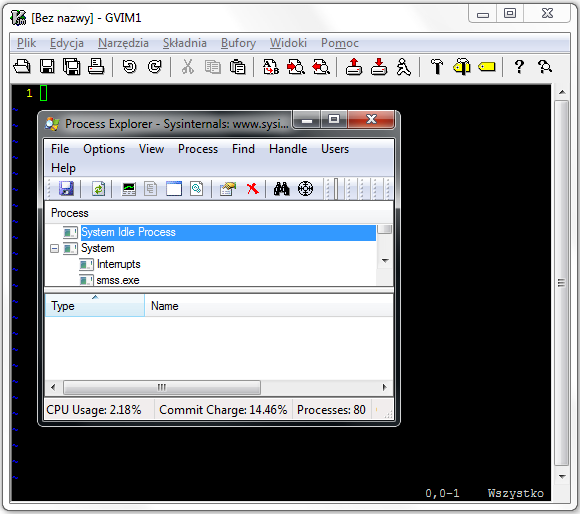 This is a quick reminder that Gynvael and I are going to attend BlackHat US 2013 in Las Vegas next week with the “Bochspwn: Identifying 0-days via System-Wide Memory Access Pattern Analysis” presentation on the second day of the event. The talk is going to largely extend our previous performance at SyScan this year (see blog post), detailing the implementation of our “Bochspwn” project, discussing other approaches to system-wide instrumentation and how it can be effectively used to discover different local vulnerability classes (not just double fetches!) in widely used kernels. We will also provide a follow up on using Bochspwn against open-source platforms (Linux, FreeBSD, OpenBSD), including extensive coverage of our findings there, and last but not least, we will release the Bochs instrumentation toolkit as an open-source project for everyone to hack on. If you happen to be in the Sin City at the time, don’t hesitate to come by and say hi! See you there!
This is a quick reminder that Gynvael and I are going to attend BlackHat US 2013 in Las Vegas next week with the “Bochspwn: Identifying 0-days via System-Wide Memory Access Pattern Analysis” presentation on the second day of the event. The talk is going to largely extend our previous performance at SyScan this year (see blog post), detailing the implementation of our “Bochspwn” project, discussing other approaches to system-wide instrumentation and how it can be effectively used to discover different local vulnerability classes (not just double fetches!) in widely used kernels. We will also provide a follow up on using Bochspwn against open-source platforms (Linux, FreeBSD, OpenBSD), including extensive coverage of our findings there, and last but not least, we will release the Bochs instrumentation toolkit as an open-source project for everyone to hack on. If you happen to be in the Sin City at the time, don’t hesitate to come by and say hi! See you there!

If you are not going to make it this time, expect the presentation slide deck shortly after the conference.
In other news, our CTF team called “Dragon Sector” has recently started their own blog: http://blog.dragonsector.pl/. The website is supposed to feature write-ups from the more interesting CTF tasks we manage to solve during the competitions. With merely four posts so far, the blog is surely going to fill up with interesting posts as we play contests in the near future, so be sure to keep an eye on it.
Cheers!
